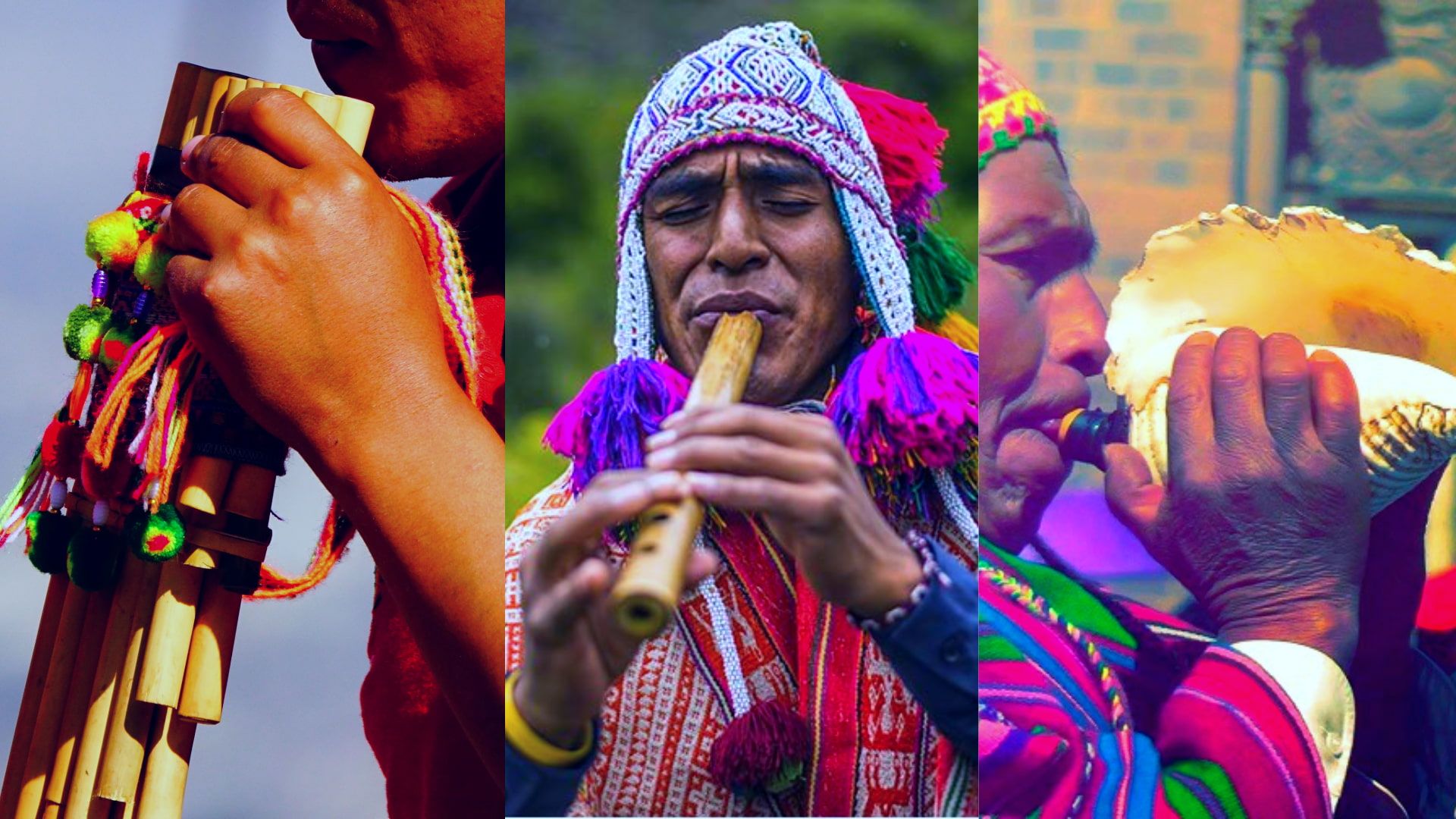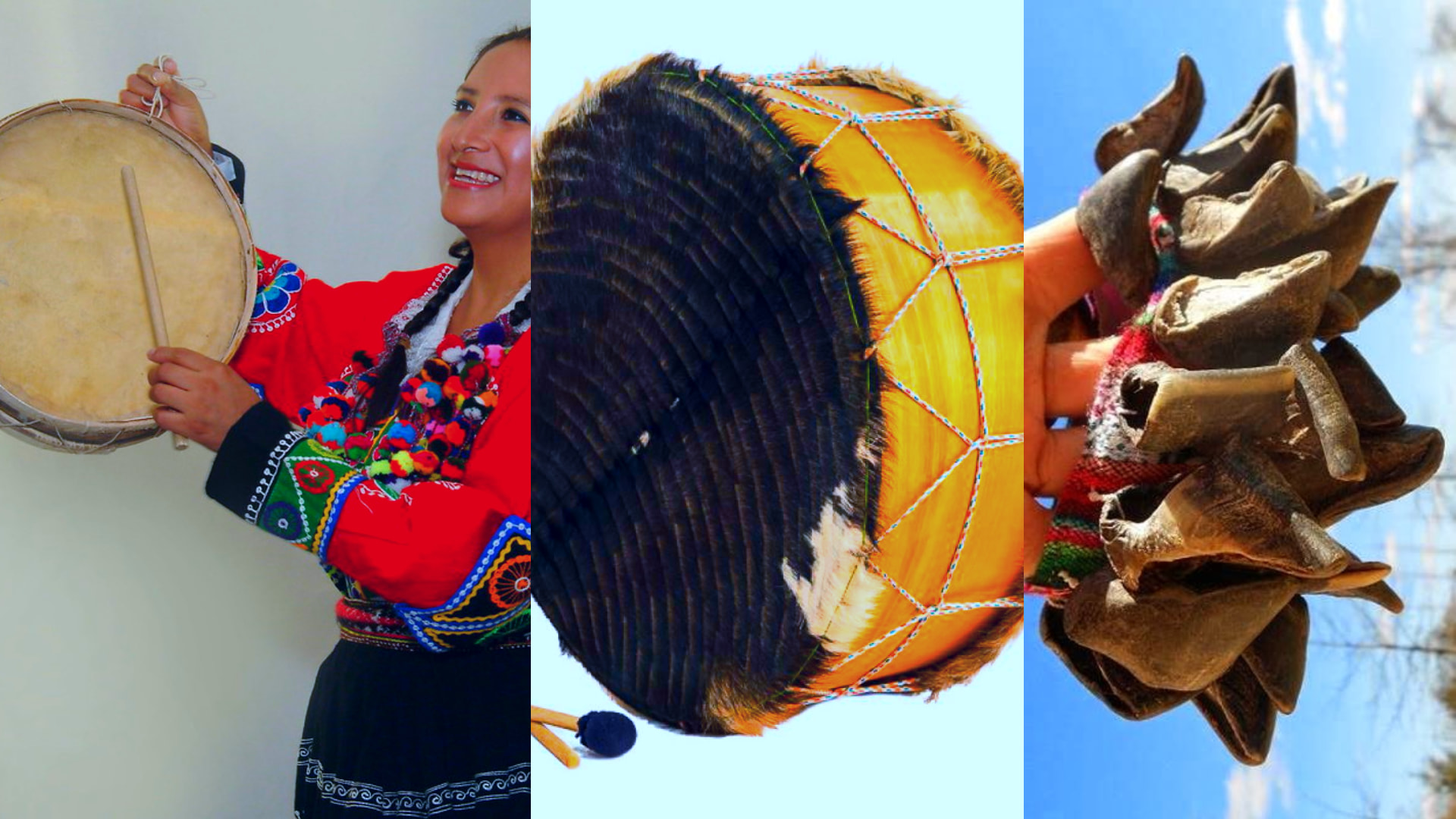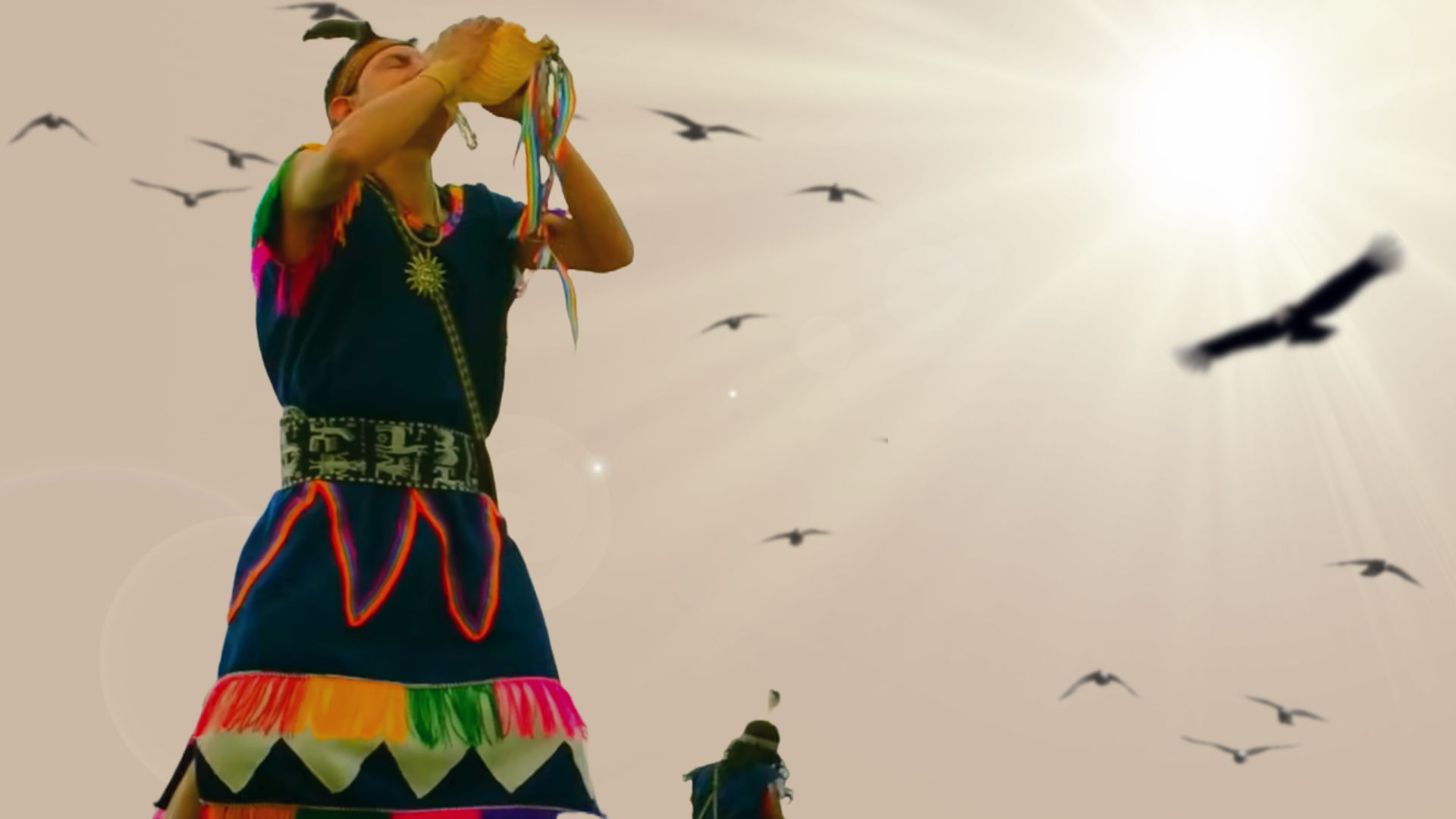The Inti Raymi, Cusco’s Festival of the Sun, transcends spectacle. It’s a sonic pilgrimage channeled through sacred Inti Raymi instruments, voices that summon the sun, echo Inca wisdom, and root rituals in ancestral energy. For travelers seeking authentic connection, decoding these sounds reveals the ceremony’s soul.
Voice of the Wind: Zampoñas, Quenas, and Pututus
The Zampoña
The breath of the Andes becomes audible. Crafted from precisely pruned Andean reeds known as carrizos, their evocative harmonies mimic the mountain winds. During ceremonies, musicians play in intertwined pairs (ira and arka), creating cascading melodies that symbolize community unity. Historical records confirm their role in directing processions toward Coricancha, the temple of the sun where Inti Raymi begins.
The Quena (Andean Flute)
Carved from seasoned chachacomo wood, this flute’s plaintive cry cuts through Andean silence. Its pentatonic scales express communal narratives, from harvest joy to spiritual longing. Chronicler Felipe Guamán Poma de Ayala depicted quenistas leading solstice rites, their melodies believed to reach apus (mountain spirits). The six finger holes align with the Inca cosmos (four directions + earth + sky).
The Pututu (Conch Shell Trumpet)
A divine messenger carved from Strombus galeatus shells. Its thunderous blasts (documented by Garcilaso de la Vega) announced royal decrees and sacred moments. Today, three staggered blasts open Inti Raymi: first calling the people, second honoring ancestors, third summoning the sun.

Heartbeat of the Earth: Drums and Rattles
The Wankar (Ceremonial Drum)
Pachamama’s pulse. Stretched llama hide over alder wood produces resonant booms felt in the chest. Its double head embodies duality (hanan/hurin, upper/lower worlds). When struck at dawn in Qorikancha, its rhythm mirrors footsteps ascending to Sacsayhuamán, retracing the Inca’s symbolic journey to the sun.
The Tinya (Hand Drum)
Women drummers dominate this clay-framed instrument, its rapid beats guiding dances like the Ayarachi. Goatskin heads produce sharp tones evoking rain on terraces, a vital sound in agrarian culture. Ethnographers note how rhythms map constellations onto dance patterns during solstice rites.
Rattles (Chajchas)
Dried llama hooves clustered on leather straps transform dancers into living instruments. Their complex shakes create polyrhythms mimicking mountain streams and wind. During the Tika Ch’unchu procession, hundreds create a “sonic storm” invoking agricultural abundance.

Inti Raymi: The Living Soundscape
The instruments of Inti Raymi speak a sacred language. The melodies of the zampoña panpipes carry harawis, whispered prayers to the spirits. The booming pututu conch shell marks each step of the ritual, just as colonial records describe. And the deep rhythms of the wankar drum sync the footsteps of the crowd.
To truly feel this, arrive before dawn at Qorikancha for rehearsals. Close your eyes during the processions: you’ll sense how the harmonies of the zampoñas shift with the mountain air.
These sounds bridge today’s Andes with its unconquered past. When the pututu echoes through Sacsayhuamán, it’s the very call that rallied Pachacútec’s armies. Each breath through the zampoña holds 600 years of devotion to the sun. Here, music isn’t entertainment, it’s prayer shaped by sound.
Stand in the solstice’s golden light. As the last quena flute fades, you won’t just hold a memory. You’ll carry the echo of a civilization that still speaks through its Instruments of the Sun.

Stand in the solstice’s golden light. As the last quena flute fades, you won’t just hold a memory. You’ll carry the echo of a civilization that still speaks through its Instruments of the Sun.
To continue this journey beyond the Inti Raymi, explore the heart of the Inca capital with our
Cusco City Tour. Walk through sacred temples, colonial plazas, and ancient walls that still whisper the songs of the Andes.
And if you wish to go even further, discover the magic of the
Sacred Valley , where history, nature, and living culture unite in an unforgettable experience.
Feel the rhythm of the Andes. Let Magical Cusco Travel Agency guide your next adventure.
